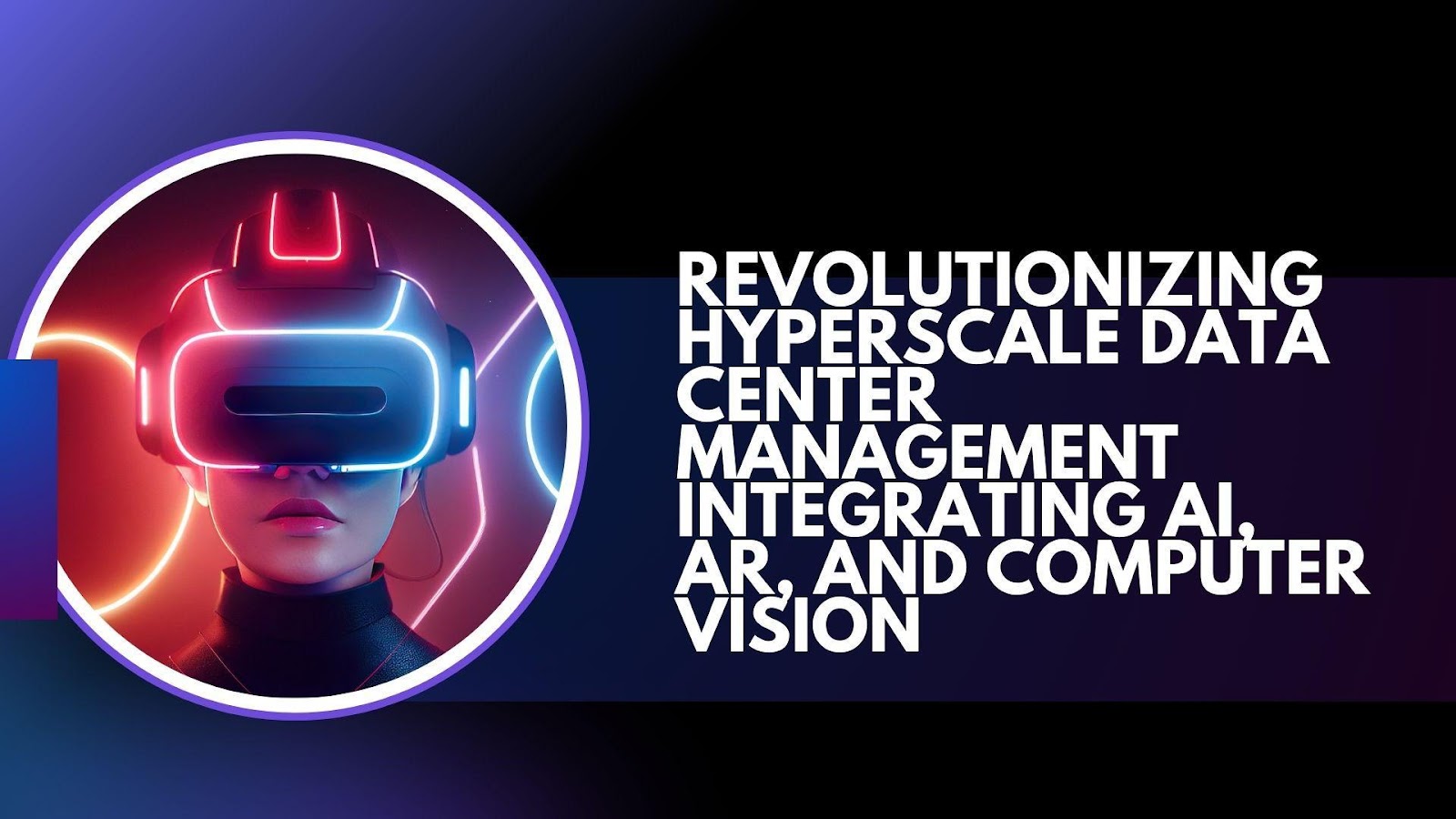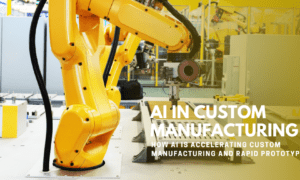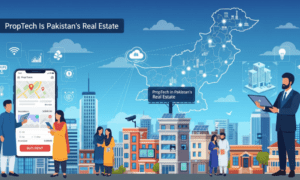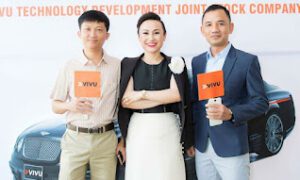In this modern era, Venkata Sampath Kumar Mutharaju introduces a groundbreaking framework that combines computer vision, augmented reality (AR), and generative AI to improve hyperscale Data Center management. This innovative approach addresses the significant challenges faced by Data Centers, including asset management, maintenance, and operational efficiency. His system demonstrates how integrating these technologies can streamline operations, reduce human error, and empower non-technical staff, leading to better performance and reliability in large-scale data environments.
A Cutting-Edge Fusion of Technologies
The combination of computer vision, AR, and generative AI introduces a significant leap in Data Center management. Traditional methods of asset tracking often rely on manual interventions that are prone to inefficiencies, but by employing machine learning-based computer vision, this system automates asset identification and tracking. This reduces manual data entry errors and ensures accurate and up-to-date records of inventory. With AR overlays, staff can receive real-time maintenance instructions directly in their line of sight, which greatly improves task efficiency and reduces the likelihood of errors during maintenance procedures. This technology empowers non-technical staff to perform tasks that would traditionally require specialized knowledge, enhancing operational effectiveness across various skill levels.
Generative AI: The Brain Behind Predictive and Troubleshooting Capabilities
Generative AI plays a pivotal role in enhancing the framework by enabling predictive maintenance and real-time troubleshooting. The AI’s ability to analyze historical data and identify patterns allows it to predict potential failures before they occur, optimizing maintenance schedules and minimizing downtime. When issues arise, the system’s interactive troubleshooting interface, powered by generative AI, enables users to ask questions in natural language and receive clear, actionable steps for resolution. This eliminates the need for interpreting complex technical data or error codes, enabling faster, more efficient problem resolution and improving operational reliability.
Empowering Non-Technical Staff with Advanced Tools
One of the key innovations in this framework is its ability to empower non-technical staff. In large Data Centers, the complexity of operations can overwhelm personnel without technical expertise. However, by integrating AR-guided procedures and AI-powered support, His system ensures that even non-technical workers can contribute meaningfully to infrastructure maintenance. With real-time visual instructions and interactive AI-driven guidance, staff can perform complex tasks such as troubleshooting and maintenance, improving overall efficiency and reducing reliance on highly specialized technicians. This shift not only enhances workforce capabilities but also lowers the barrier to entry for maintenance staff, making the operations more inclusive and efficient.
Overcoming Implementation Challenges
Despite the promise of this integrated system, the implementation process is not without challenges. One of the primary hurdles is integrating the various technologies computer vision, AR, and generative AI into a cohesive framework that functions seamlessly in the complex environment of a hyperscale Data Center. Ensuring compatibility and smooth data flow between these systems requires careful planning and technical expertise. However, He emphasizes the importance of intuitive system design and comprehensive training programs to facilitate the transition and ensure successful adoption by all levels of staff.
A Vision for the Future of Data Centers
The framework demonstrates substantial improvements in asset management, maintenance efficiency, and overall operational performance. By automating asset tracking, enhancing maintenance procedures with AR, and predicting failures through AI, the system is poised to revolutionize Data Center operations. Looking forward, the framework’s scalability will allow it to adapt to the growing complexity and size of modern Data Centers. Future enhancements, such as more sophisticated AI models and improved AR interfaces, will further optimize system performance. This integrated system provides a foundation for ongoing innovation, with the potential for broader industry adoption and further advancements in Data Center management.
In conclusion, Venkata Sampath Kumar Mutharaju’s framework represents a transformative approach to managing hyperscale Data Centers by integrating computer vision, augmented reality, and generative AI. The system enhances operational efficiency, empowers non-technical staff, and improves maintenance accuracy, reducing downtime and operational risks. Though implementation presents challenges, the framework’s potential to revolutionize Data Center management is clear, offering valuable insights and a foundation for future developments in intelligent infrastructure management. This innovative approach stands poised to drive industry-wide advancements, enhancing the performance and reliability of modern Data Centers.



































